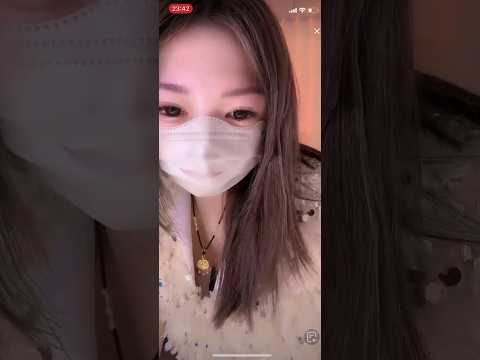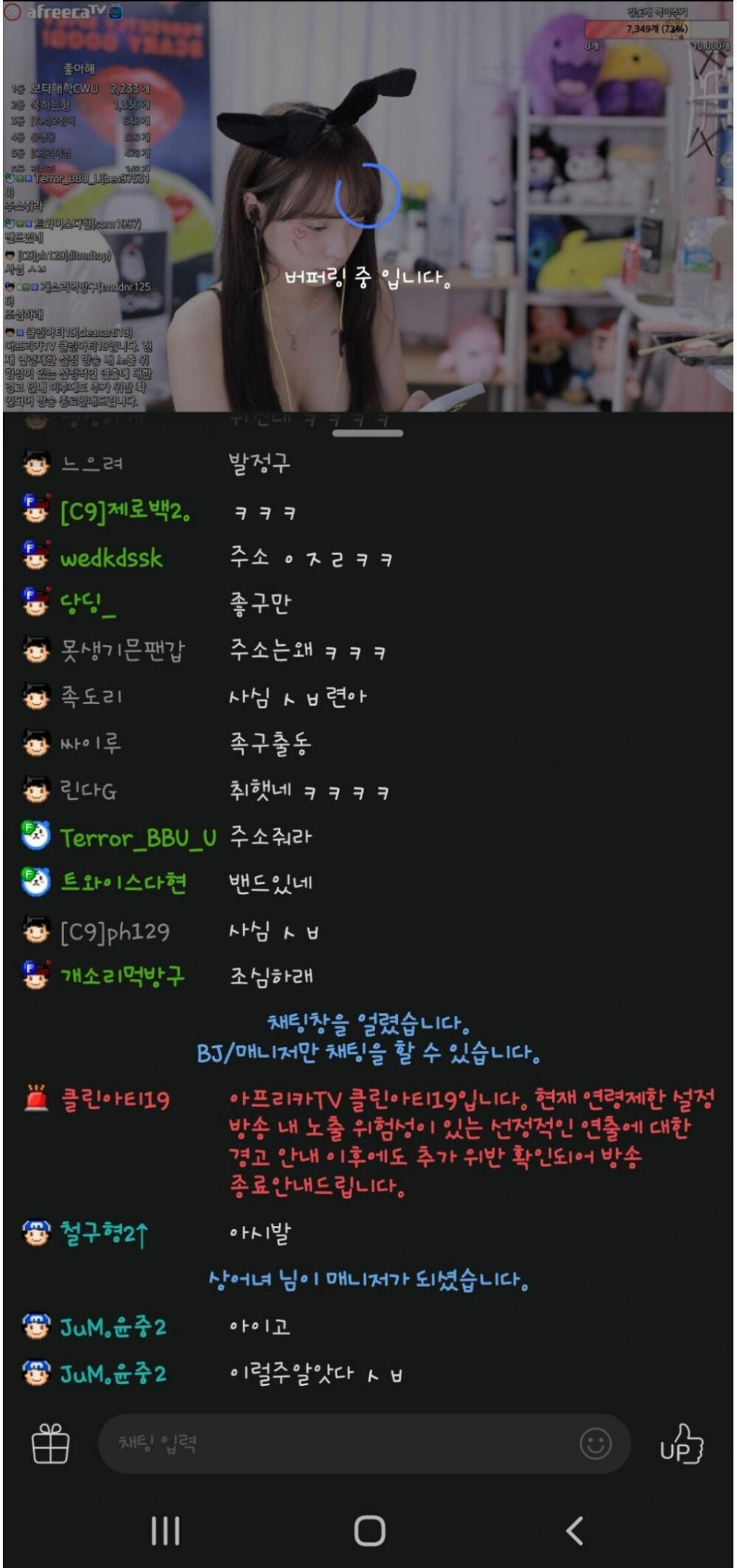꼭ㅈ 노출
Concept and Meaning of Involuntary Exposure (꼭ㅈ 노출의 개념 및 의미)
In a digital age where information is easily accessible and shared, the concept of involuntary exposure, or 꼭ㅈ 노출 in Korean, has become increasingly prevalent. It refers to the unintentional or unwanted exposure of personal information, images, or videos without the consent of the individual involved. This can occur through various means such as hacking, leaking, revenge pornography, social media oversharing, or unauthorized distribution of content.
Involuntary exposure can have significant consequences, both psychologically and socially, for the individuals affected. Understanding its concept and meaning is essential to address the challenges it poses.
Psychological Effects of Involuntary Exposure (꼭ㅈ 노출로 인한 심리적 영향)
The psychological effects of involuntary exposure can be devastating for those involved. The sudden and unexpected violation of privacy can lead to feelings of shame, embarrassment, guilt, anger, anxiety, and depression. It can severely impact an individual’s self-esteem, self-image, and mental well-being.
Victims of involuntary exposure often experience a loss of control and a sense of betrayal, which can result in long-lasting emotional trauma. They may struggle with trust issues, fear of judgment, and social isolation. Additionally, the fear of the content resurfacing or being shared further can cause ongoing distress and hyper-vigilance.
Social Situations Resulting in Involuntary Exposure (사회적으로 꼭ㅈ 노출되는 상황)
Involuntary exposure can occur in various social situations, both online and offline. Some common examples include:
1. Revenge Pornography: Intimate images or videos shared without consent as a means of revenge or control.
2. Hacking and Leaking: Unauthorized access to personal accounts or databases, resulting in the exposure of private information.
3. Social Media Oversharing: Posting personal information, images, or videos on social media platforms without considering the possible consequences or privacy settings.
4. Unauthorized Distribution: The dissemination of personal content without the owner’s consent, often leading to viral spread and loss of control.
5. Spy Cameras and Peeping Toms: Secretly recorded videos or images taken in private spaces without consent.
It is crucial for society to recognize and address these social situations to prevent and mitigate the impacts of involuntary exposure.
Methods to Alleviate Involuntary Exposure (꼭ㅈ 노출을 완화하기 위한 방법)
While preventing involuntary exposure entirely may be challenging, there are measures that individuals can take to alleviate its effects. Some practical methods include:
1. Strengthen Digital Security: Regularly update passwords, enable two-factor authentication, and be cautious about sharing sensitive information online.
2. Educate Yourself: Stay informed about the latest privacy settings and features available on social media platforms, and understand your rights regarding personal data protection.
3. Think Before Sharing: Be mindful of the content you share online, considering the potential consequences and long-term implications.
4. Foster Support Networks: Seek support from trusted friends, family members, or professionals who can help you cope with the emotional impact of involuntary exposure.
Involuntary Exposure and Individual Privacy (꼭ㅈ 노출과 개인의 프라이버시)
Involuntary exposure infringes upon an individual’s right to privacy and personal autonomy. Privacy is a fundamental human right, and its violation can have severe consequences for individuals and society as a whole.
Individuals should have control over their personal information and be able to make informed decisions about its sharing and dissemination. Governments, organizations, and individuals must work together to establish stricter regulations concerning privacy protection, digital security, and the responsible use of personal data.
Coping Strategies for Dealing with Social Involuntary Exposure (사회적 꼭ㅈ 노출에 대한 대처 방안)
Dealing with social involuntary exposure can be challenging, but adopting effective coping strategies can help individuals navigate and recover from such situations. Some strategies to consider include:
1. Seek Professional Help: Speak to a therapist or counselor who specializes in trauma or privacy-related issues to receive support and guidance.
2. Practice Self-Care: Engage in activities that promote mental and emotional well-being, such as exercise, mindfulness, journaling, or spending time with loved ones.
3. Empower yourself: Take back control by reporting and addressing the involuntary exposure promptly. Contact the relevant platforms, authorities, or legal professionals to seek assistance in removing the content and pursuing justice if necessary.
4. Cultivate Resilience: Focus on building resilience to better cope with the challenges associated with involuntary exposure. Explore resources, support groups, and educational materials that promote resilience and personal growth.
FAQs
1. How can I protect myself from involuntary exposure?
To protect yourself, practice good digital security habits, maintain strong passwords, be cautious about sharing personal information, and keep your devices updated with the latest security patches. Additionally, educate yourself about privacy settings and features on social media platforms.
2. What should I do if I become a victim of involuntary exposure?
If you become a victim of involuntary exposure, contact a trusted friend, family member, or professional for support. Report the incident to the relevant platforms or authorities to have the content removed. Consider reaching out to a therapist or counselor who specializes in trauma or privacy-related issues for further assistance.
3. Can I prevent involuntary exposure altogether?
While it may be challenging to prevent involuntary exposure entirely, you can minimize the risks by adopting secure digital habits, being cautious about sharing personal information, and familiarizing yourself with privacy settings on social media platforms.
4. How can society address the issue of involuntary exposure?
Addressing the issue of involuntary exposure requires a multi-faceted approach. Governments and organizations should establish stricter regulations regarding privacy protection, digital security, and responsible data handling. Education and awareness initiatives should also be implemented to help individuals understand the consequences and preventive measures associated with involuntary exposure.
5. Are there any laws or legal measures in place to protect individuals from involuntary exposure?
Many countries have laws in place or are in the process of developing legislation to address the issue of involuntary exposure. These may include laws related to revenge pornography, invasion of privacy, cyberbullying, or data protection. It is important to familiarize yourself with the laws specific to your jurisdiction and seek legal assistance if necessary.
사용자가 검색한 키워드: 꼭ㅈ 노출
Categories: Top 83 꼭ㅈ 노출
#beauty #꼭지 #braless
여기에서 자세히 보기: experience-porthcawl.com
주제와 관련된 이미지 꼭ㅈ 노출

꼭ㅈ 노출 주제와 관련된 이미지 49개를 찾았습니다.
_preview-hqdefault.jpg)



_25-preview-hqdefault.jpg)

_preview-hqdefault.jpg)






![KBJ22051231_[첫_꼭지노출]_4월17일_아프리카_밈수리_비키니_방송-1_sexkbj - SexKbj Kbj22051231_[첫_꼭지노출]_4월17일_아프리카_밈수리_비키니_방송-1_Sexkbj - Sexkbj](https://sexkbj.com/wp-content/uploads/2022/05/31%EC%B2%AB_%EA%BC%AD%EC%A7%80%EB%85%B8%EC%B6%9C_4%EC%9B%9417%EC%9D%BC_%EC%95%84%ED%94%84%EB%A6%AC%EC%B9%B4_%EB%B0%88%EC%88%98%EB%A6%AC_%EB%B9%84%ED%82%A4%EB%8B%88_%EB%B0%A9%EC%86%A1-1.mp4.jpg)
_.jpg)

_-preview-hqdefault.jpg)



















Article link: 꼭ㅈ 노출.
주제에 대해 자세히 알아보기 꼭ㅈ 노출.
- yhgjcp.vip~),아이돌 꼭지 노출hd – 메가존클라우드
- yhgjcp.vip~],아이돌 꼭지 노출[link – 대한산업보건협회
- 일반인 꼭지 노출
- yhgjcp.vip~],아프리카tv 꼭지 노출[link – DiverseAsia – 서울대학교
- 아프리카tv 꼭지 노출(link – 부산광역시 – 동아대학교 도서관
- yhgjcp.vip~],아프리카tv 꼭지 노출[link – FERM Power Tools
더보기: experience-porthcawl.com/blog
